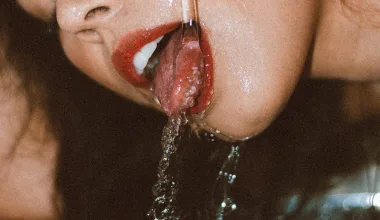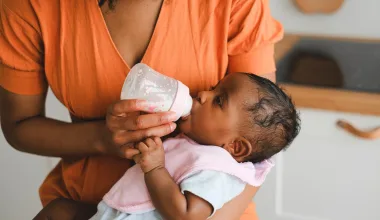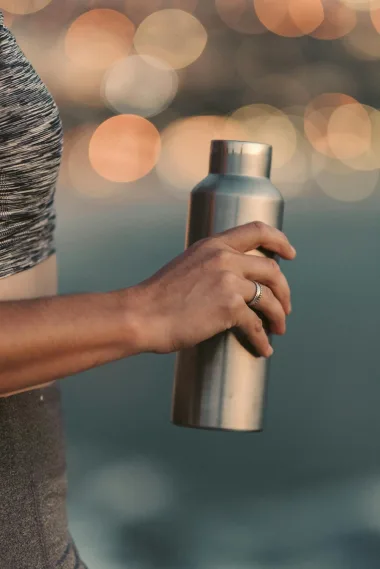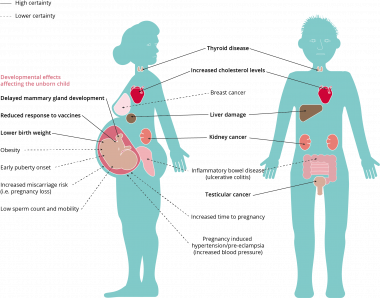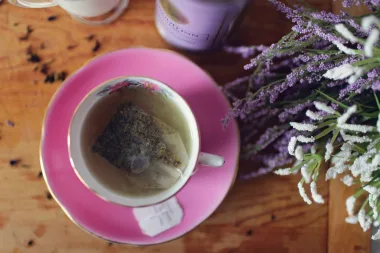Last Updated on August 17, 2023 by Ecologica Life
Plastic pollution is a global crisis. It is estimated that at least 14 million tonnes of plastic waste ends up in the oceans every year. And this is only expected to increase.
Plastic debris, including floating plastic, poses a significant threat to marine life. Marine animals such as sea turtles, seals, and even birds frequently become trapped in plastics. This can result in harm or even death for these animals.
Furthermore, many animals eat this plastic, mistaking it for a food source. Ingesting plastic can cause internal blockages and starvation. This issue even affects large marine mammals like whales and dolphins.
While much attention has been paid to the impact of plastic in the oceans. There is another aspect of plastic pollution that is just as worrying – plastic in farm animal feed.
Plastic in Animal Feed USA
So is there plastic in animal feed? A series of TikTok videos posted by a farmworker in America two years ago seems to confirm it.
The video shows old grocery store food products being crushed to make pig feed. Food items include plastic-wrapped loaves of bread, being crushed and combined into plastic pig feed. These pigs, of course, later became food for humans.
Plastic in Animal Feed UK
Plastic in animal food has also been observed in the UK. Circular economy is now on fashion and this is one of the consequences of circular economy gone wrong. It is used as food for pigs or other farm animals in supermarkets and food manufacturers.
However, the processes used to remove plastic and other waste from these foods are not entirely efficient. This leaves bits of plastic that become plastic feed for animals.
Plastic Fed to Pigs
This was reported in 2018 by a farmer in England called Andrew Rock. Andrew discovered blue plastic fragments in the pellets he fed to his pigs. Each bag of pig feed contained a few plastic pellets. He took pictures, which can be seen in the article published in The Guardian.
At first, Andrew thought it was a manufacturing error, but the supplier assured him that was not the case. It was a product that had been manufactured to the accepted standards. His story was published in The Guardian newspaper. Shockingly, there has been no change in legislation as a result.
Apparently, the legal amount of plastic in animal feed in the UK and other European countries is 0.15% plastic. This means that each pig could legally consume an entire plastic bag’s worth of plastic in just four days!
Do All Pigs Eat Plastic?
Maybe not. The Plastic Soup Foundation commissioned a pilot study in collaboration with the Vrije Universiteit Amsterdam. The purpose of this study was to investigate the extent of farm animal exposure.
Their research showed that some plastic is present in cow feed and pig feed. Dutch pigs and cows are exposed to microplastics in feed pellets, but not via fresh feed.
They also found plastic particles in blood samples from the cows and pigs. Blood samples were taken from 12 cows and 12 pigs. Of all the livestock animals studied at least three types of plastic particles were found in all their blood samples.
The researchers also looked for plastic particles in meat and dairy products. Of the 25 milk samples analysed, 18 samples contained at least one type of plastic and some contained several types. In the meat samples, seven out of eight beef samples contained at least one type of plastic. Five out of eight pork samples contained at least one type of plastic.
Are We Consuming Animals with Plastic?
The presence of microplastics in animal feed or milk is potentially bad news. This means that the microplastics may have moved along the food chain from animal feed pellets to pigs to humans. Whether or not there is plastic in pork or milk, you should know that microplastics are all around us. They leach out of tea bags, baby bottles and our synthetic clothes during washing.
The presence of these microplastics is exceptionally worrying. These tiny pieces of plastic are often invisible to the naked eye. This makes them difficult to detect and remove from the environment.
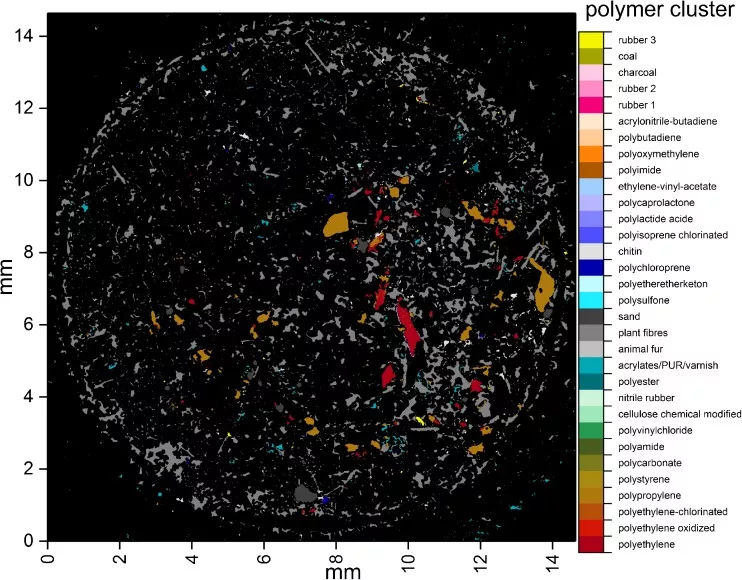
Microplastics have also been found in human blood. It is unclear how our bodies process microplastics. We are still unsure of the full scope of exposure and any potential risks to our health.
But it is clear that these microplastic particles should not be in our bodies. Plastic pollution is at an all-time high and growing. So we can be sure that plastic consumption will increase in the future. Unless we take action, this trend will continue.
A study in Environmental Science and Technology found that regular seafood consumption may lead to ingesting 11,000 microplastic particles annually. This raises concerns about the long-term effects of microplastic exposure on human health.
The health effects of consuming plastic-contaminated foods are still under investigation. Some research suggests that exposure to microplastics could have a negative impact on human health.
To address the plastic pollution in animal feed, we should take steps to reduce and prevent plastic waste in the environment. This means improving waste management practices, eliminating single-use plastics, and creating new ways to get rid of plastics in nature. The Ocean Cleanup is a great example of this.
If you are concerned, you can sign the petition for plastic-free animal feed. You can also share this message with your friends, so they know what they are eating. We need to make this to go viral so we can put an end to this.
As well as reducing plastic waste, consumers can also take steps to reduce their exposure to microplastics. One way is to avoid buying products that contain microplastics. Consumers should avoid buying products that contain microplastics, such as personal care products with microbeads or synthetic fabrics that shed microfibres.
Another way is to choose foods that are less likely to be contaminated with microplastics. fresh produce or foods that aren’t processed are good examples. In general, buying fewer plastic products where possible will help to reduce plastic pollution problems worldwide.
In conclusion, plastic pollution is a complex problem that requires collective action to address. The issue of plastics in animal feed highlights the need for better waste management practices. It also highlights the importance of consumer awareness and action to reduce exposure to microplastics.
If you are still concerned and want to know more you can read our tips on how to avoid microplastics. You might even want to consider the benefits of veganism.
You might be interested to know that Netherlands Tap Water is “Virtually Free from Microplastics”. This certainly came as a surprise to us.

